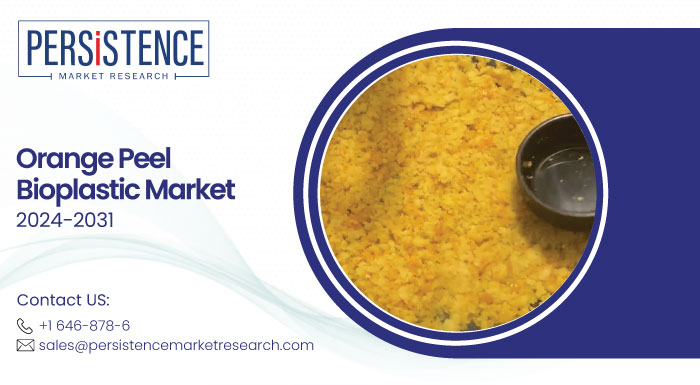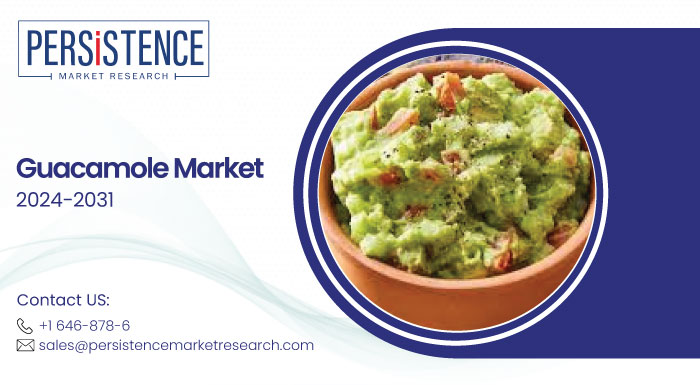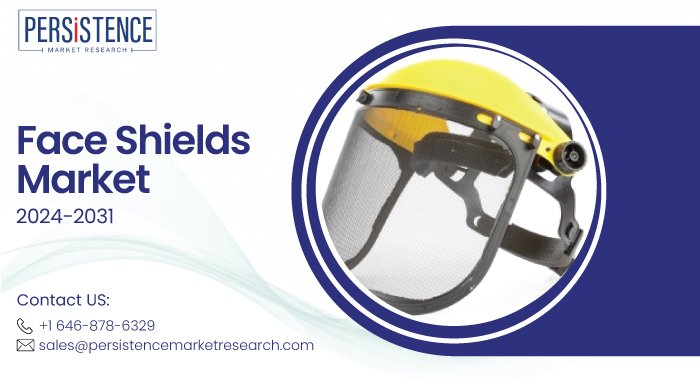 Zapier Automation – Automate Publishing. Free Your Time!
Zapier Automation – Automate Publishing. Free Your Time!
Asia Pacific Manufacturing Operations Management Software Market Trends
Written by Shweta Dixit » Updated on: October 29th, 2024

The Asia Pacific Manufacturing Operations Management (MOM) software market is rapidly evolving, driven by the region's dynamic manufacturing sector, increasing adoption of advanced technologies, and the push towards digital transformation. As the manufacturing industry in Asia Pacific (APAC) continues to modernize, MOM software is becoming an essential tool for optimizing operations, improving productivity, and maintaining competitiveness on a global scale. In this blog post, we will explore the key trends shaping the APAC MOM software market and the factors contributing to its growth.
1. Rapid Industrialization and the Growth of Manufacturing Hubs
Asia Pacific is home to some of the world’s largest manufacturing hubs, including China, India, Japan, South Korea, and Southeast Asian countries such as Vietnam, Thailand, and Indonesia. As industrialization accelerates across the region, the demand for efficient production management and optimization is increasing, leading to higher adoption of MOM software.
China’s Manufacturing Dominance: China continues to be a global manufacturing powerhouse, and the Chinese government’s focus on smart manufacturing through initiatives like Made in China 2025 is driving the adoption of MOM software. Chinese manufacturers are increasingly implementing MOM solutions to improve production efficiency, reduce costs, and integrate advanced technologies such as IoT and AI.
Emerging Markets in Southeast Asia: Countries like Vietnam, Indonesia, and Thailand are rapidly becoming key manufacturing destinations due to their lower labor costs and favorable business environments. These countries are investing in MOM software to streamline production processes, improve quality control, and enhance supply chain management.
2. Adoption of Industry 4.0 and Smart Manufacturing
The push towards Industry 4.0 is a significant trend in the APAC region, where manufacturers are embracing smart manufacturing technologies to improve efficiency and stay competitive in the global market. MOM software plays a central role in facilitating the transition to smart factories by enabling real-time data analysis, automation, and predictive maintenance.
IoT Integration: MOM software integrated with IoT devices allows manufacturers to monitor equipment performance, track production metrics, and manage resources in real-time. This connectivity helps reduce downtime, improve asset utilization, and increase operational visibility.
AI and Machine Learning: AI-driven MOM software solutions are gaining traction in APAC, as they provide predictive analytics that help manufacturers optimize production schedules, anticipate maintenance needs, and enhance product quality. These advanced tools enable data-driven decision-making, leading to improved efficiency and reduced costs.
3. Growing Demand for Cloud-based MOM Solutions
As manufacturers in the APAC region look for flexible, scalable, and cost-effective solutions, cloud-based MOM software is gaining popularity. Cloud solutions offer several advantages over traditional on-premise systems, such as easier implementation, reduced IT costs, and greater accessibility.
Scalability: Cloud-based MOM solutions allow manufacturers to scale their operations according to business needs without the need for heavy investments in infrastructure. This flexibility is particularly beneficial for small and medium-sized enterprises (SMEs), which are a significant part of the manufacturing landscape in APAC.
Remote Access and Collaboration: Cloud MOM systems enable remote access to production data, allowing teams to collaborate and make decisions from any location. This is especially important for multinational corporations operating in different countries across the APAC region.
4. Focus on Sustainability and Green Manufacturing
Sustainability is becoming an important focus for manufacturers in the APAC region as governments and industries work towards reducing carbon emissions, minimizing waste, and conserving energy. MOM software is helping manufacturers achieve these goals by optimizing resource utilization, improving energy efficiency, and reducing environmental impact.
Energy Monitoring and Efficiency: MOM software enables manufacturers to track and optimize energy consumption, reducing operational costs and supporting sustainability initiatives. In countries like Japan and South Korea, where energy efficiency is a key concern, MOM systems are being used to monitor energy usage and implement green manufacturing practices.
Waste Reduction: By optimizing production processes and improving inventory management, MOM software helps manufacturers reduce material waste and minimize their environmental footprint. This aligns with the global shift towards circular economy models, where resources are reused and recycled.
5. Customization and Industry-specific Solutions
Manufacturing in APAC covers a wide range of industries, including automotive, electronics, textiles, and pharmaceuticals, each with its unique operational requirements. As a result, there is growing demand for industry-specific MOM solutions that cater to the specific needs of different sectors.
Electronics and Semiconductor Manufacturing: APAC is a global leader in electronics and semiconductor production, with countries like South Korea, Taiwan, and China at the forefront. MOM software in these industries focuses on optimizing production precision, managing supply chains, and ensuring product quality.
Automotive Industry: Countries like Japan, South Korea, and China are major automotive manufacturing hubs. Automotive manufacturers in APAC are increasingly adopting MOM solutions to streamline production lines, enhance quality control, and manage complex supply chains.
Pharmaceuticals: With the growth of the pharmaceutical industry in India, China, and Southeast Asia, manufacturers are adopting MOM software to ensure compliance with regulatory standards, maintain traceability, and optimize production processes.
6. Data-driven Manufacturing and Advanced Analytics
The rise of data-driven manufacturing is one of the most prominent trends in the APAC region. MOM software enables manufacturers to collect, analyze, and act on real-time data to improve production processes, reduce costs, and enhance decision-making.
Real-time Data Monitoring: MOM software provides real-time insights into key production metrics, such as machine performance, production output, and inventory levels. This allows manufacturers to quickly identify inefficiencies and take corrective action.
Predictive Analytics: Leveraging historical data and machine learning algorithms, MOM software enables predictive maintenance and demand forecasting. This helps manufacturers anticipate equipment failures, optimize production schedules, and reduce operational downtime.
7. Regulatory Compliance and Quality Control
As APAC’s manufacturing sector continues to grow, regulatory compliance and quality control are becoming increasingly important. MOM software helps manufacturers in highly regulated industries, such as pharmaceuticals, food and beverage, and electronics, comply with industry standards and ensure product quality.
Compliance Management: MOM software allows manufacturers to maintain strict control over production processes and ensure compliance with regulations. This is particularly important in industries where safety and quality are critical.
Traceability and Reporting: With MOM software, manufacturers can track every step of the production process, ensuring full traceability from raw materials to finished products. This helps manufacturers meet regulatory requirements and respond to quality issues quickly.
8. Challenges to MOM Software Adoption in APAC
Despite the significant growth of the MOM software market in APAC, there are challenges that manufacturers face, including high implementation costs, integration with legacy systems, and a shortage of skilled labor.
Integration with Legacy Systems: Many manufacturers in the APAC region still rely on older production systems, making it difficult to integrate modern MOM software. The cost and complexity of integrating new solutions with legacy infrastructure can be a barrier to adoption.
Workforce Training: The successful adoption of MOM software requires a skilled workforce capable of using the system’s advanced features. Manufacturers in APAC are investing in training programs to ensure their employees can effectively leverage MOM software to drive operational improvements.
9. Future Outlook for the Asia Pacific MOM Software Market
The Asia Pacific Manufacturing Operations Management Software market is expected to witness strong growth in the coming years, driven by the region’s rapid industrialization, digital transformation initiatives, and increasing demand for efficiency and sustainability.
Market Growth: The APAC MOM software market is projected to grow as manufacturers continue to invest in digital technologies to stay competitive. Key industries such as electronics, automotive, and pharmaceuticals will drive this growth.
Technological Innovation: As advanced technologies like AI, IoT, and machine learning become more prevalent, MOM software vendors will continue to innovate, offering solutions that enable greater operational visibility, automation, and data-driven decision-making.
Sustainability Focus: As environmental concerns grow, manufacturers in APAC will increasingly adopt MOM solutions that help reduce energy consumption, minimize waste, and support sustainability goals.
Conclusion
The Asia Pacific Manufacturing Operations Management Software market is poised for rapid growth as the region’s manufacturing sector embraces digital transformation, smart manufacturing, and sustainability. MOM software will play a critical role in helping manufacturers improve efficiency, reduce costs, and maintain competitiveness in a fast-evolving global market. By adopting advanced MOM solutions, companies in APAC can stay ahead of industry trends and position themselves for long-term success in the manufacturing landscape.
Note: IndiBlogHub features both user-submitted and editorial content. We do not verify third-party contributions. Read our Disclaimer and Privacy Policyfor details.
Copyright © 2019-2025 IndiBlogHub.com. All rights reserved. Hosted on DigitalOcean for fast, reliable performance.














